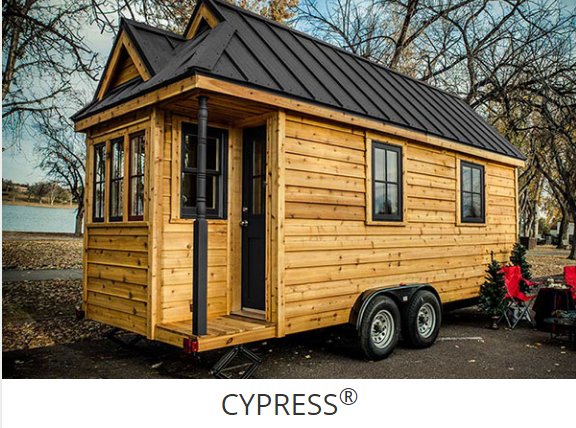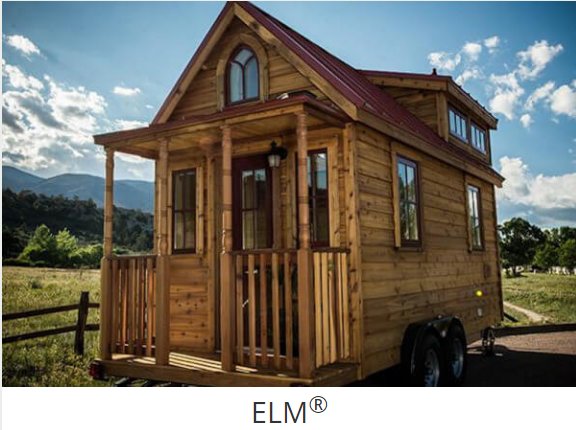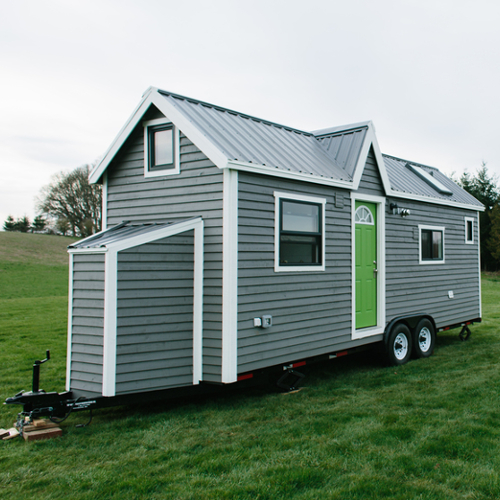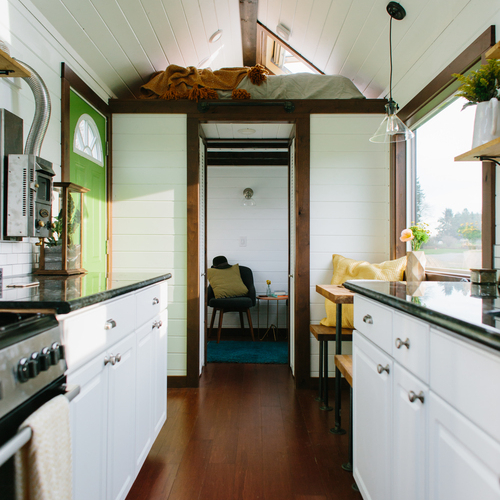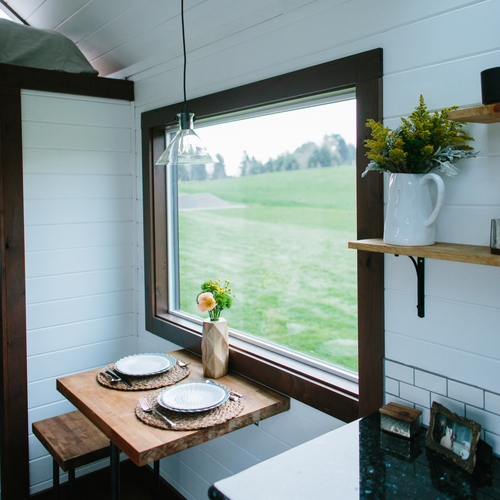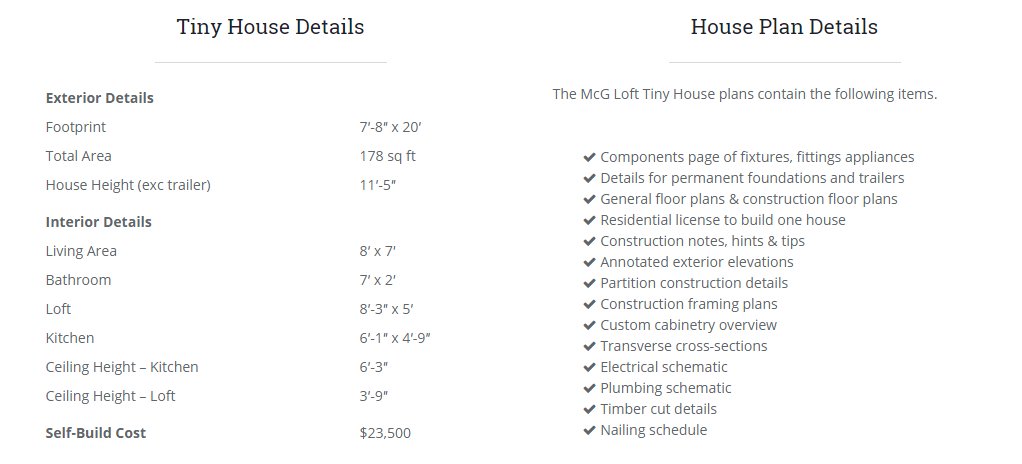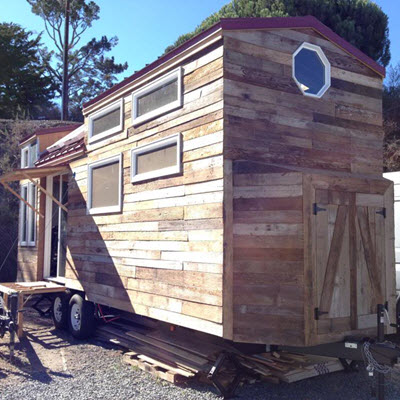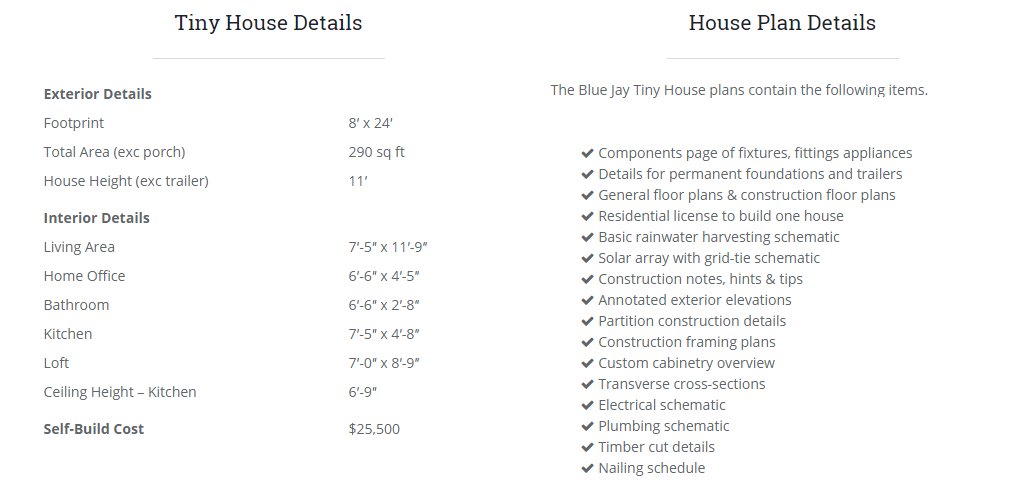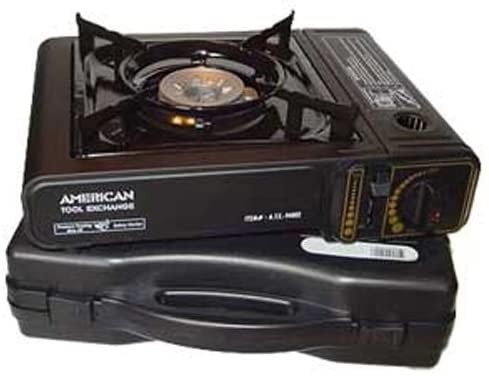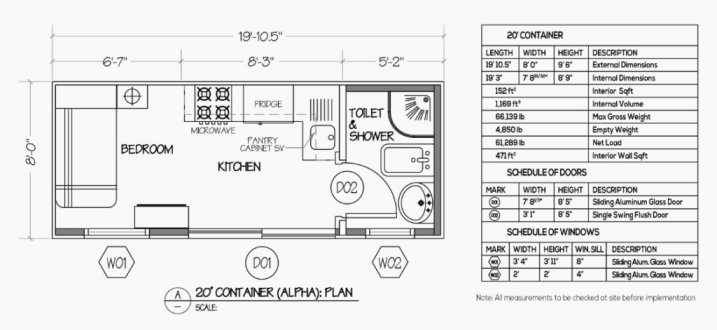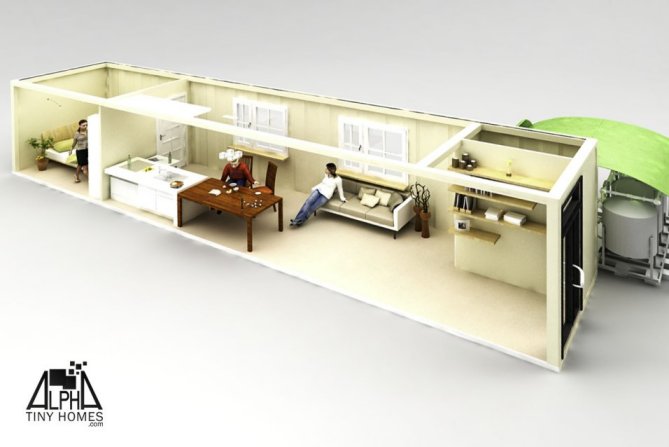Post Disaster Emergency Shelters
Emergency temporary shelters are places for people to live temporarily when they can't live in their current residence due to a SHTF situation.
An emergency shelter typically specializes in people fleeing a specific type of situation, such as natural or man-made disasters, civil unrest, or somewhere to stay at a tempory destination .
A post-disaster emergency shelter is often provided by governmental emergency management departments such as FEMA or the Red Cross. Tents are the most common temporary structures for a single family. After Hurricane Katrina FEMA provided dislocated families with small white trailers. These settlements may be inhabited for the entire duration of the reconstruction process and can be thought of more as settlements than shelter. Unfortunately, planning for water / sanitation is often inadequate.
Ideally, if you are in a bug-out situation, you will bring your own shelter. While a tent is sufficient in warmer climates, it may not work well in winter. In that case, a motorhome or trailer you can pull with your own vehicle may be a better option. Like a permanent bug out location, a movable shelter needs to be stocked with the necessities you'll need to get by for as long as the emergency lasts. This can be difficult with a tent, but when no other options exist, at least it provides a dry, warmable place to wait. Cooking will have to be outdoors as will the latrene - not for everyone. A trailer or motorhome provides better options for comfort.
Things you'll need should you bug out will be determined by where you are going and what your temporay emergency shelter is. If it's a group shelter with others in a school or auditorium, you'll need a sleeping bag, somewhere on your body to stash valuables (cash, ID, meds) such as a fanny pack, and you will need to be mobile at a moments notice. A backpack is probably the best solution in this situation as you can wear it when you sleep for extra security (theft is very common in group situations). In it you can put food, medicines, and hygene products you'd need to survive a week or so in a group shelter. Use the fanny pack for valuables and meds so they don't get stolen. Every person in your family should have their own pack. You probably will not be allowed to bring weapons to defend yourself, another negative and must rely on an overtaxed and potentially non-existant police force to protect you.
A tent situation presents other problems. Obviously you need a vehicle to transport the tent and other camping equipment unless it's very small and made for hiking. But once at your location, you can be pretty self sufficient. It is safer, more sanitary than being crowded together in a group situation. You can dig a latrene, cook separately. Disease does not spread in the open as quickly as indoors. In this situation you will need water purification supplies, a shovel to dig the latrene, cooking supplies, your tent, light, something for heat at night, and of course food since no one will be providing it to you. The plus is you can probably have a weapon for protection, assuming you aren't waving it around for all to see, and you can find hidden off the beaten path locations to camp.
Last of all, and in my opinion the best temporay emergency shelter is a trailer or motorhome. It has solid walls, a built in latrene, a water storage system, a heat system (if you have a generator), and can be quite comfortable. Without a source of electricity to plug in to (which may or may not be available at the emergency location) you should consider having a generator to run lights and heat. The down side is it requires quite a bit of fuel to get you where you're going and may not be the best if you must use an alternate route off the main highways. You'll need to pack extra fuel for the towing vehicle and generator, but should have ample storage space for most of what you'll need. Or install a wood burner or solar panels. There are always options
Wouldn't we all just love to have a missle silo?

A GREENHOUSE?
As a temporary solution, even a greenhouse is a good possibility that can come in handy later for crop growing. A greenhouse will capture heat from the sun and can get incredibly warm, even in cold climates. Night will be a problem and require heating, but as a quick bug out solution it's a good possibility. The geodesic structure of this one makes it impervious to winds and bad weather. The excess heat can be vented unlike a tent, and the covering lends some privacy.SHIPPING CONTAINER HOMES
Another excellent low-cost bug out shelter is a shipping container. This company provides plans and instructions on how you can convert one into a comfortable and very secure living space. By keeping windows to a minimum, and leaving on the end doors, you can make your bug out retreat impervious to theft and looting. Some more ideas are here at Tinyhomestuff.com







